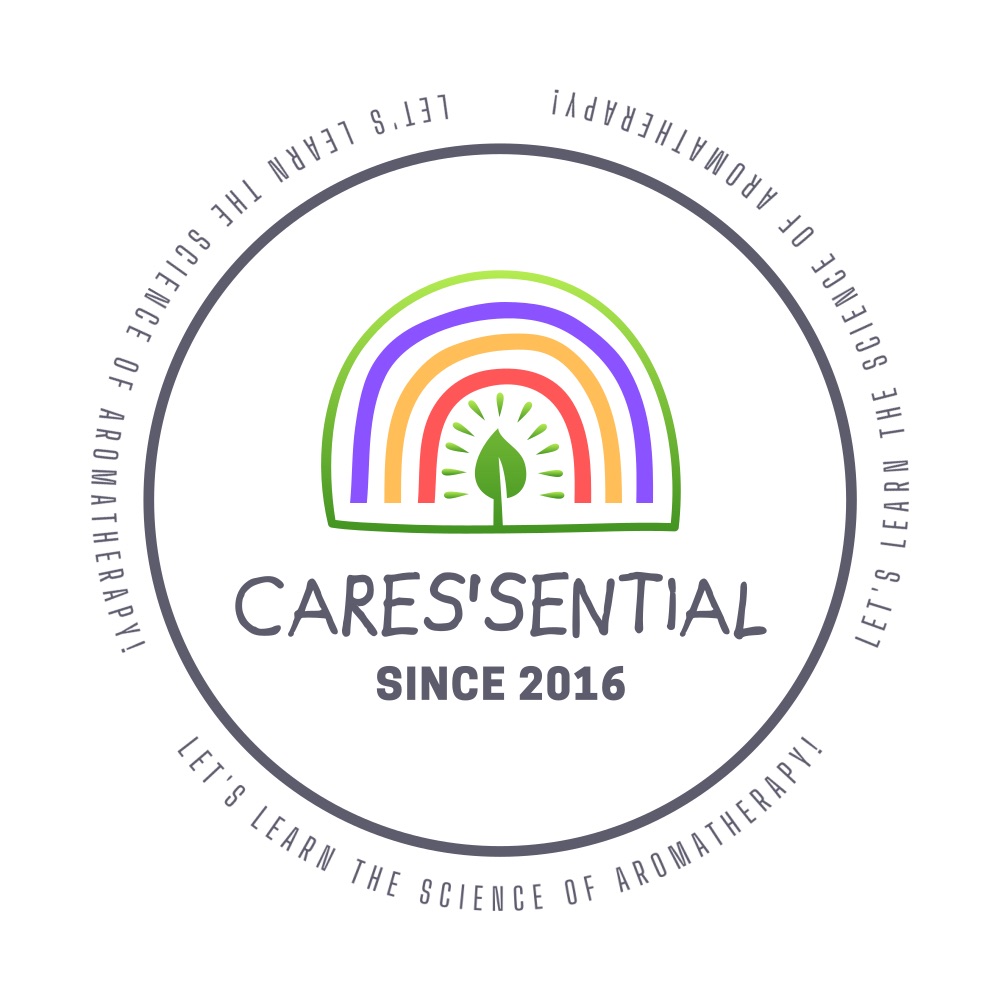What is essential oil?
- CARES'SENTIAL

- Mar 12, 2022
- 2 min read
Updated: Mar 12, 2022
12 March 2022 From where can we acquire essential oils? How does essential oils work? How does a bottle of essential oil look like? Is there any technique in identifying real essential oils from the fraudulent?

Pharmacokinetics of essential oils
Essential oils are the secondary metabolites of photosynthesis of plants that compose of hydrogen, carbon, and oxygen. Unlike the primary metabolites, essential oils consist of organic aromatic components that are volatile and can penetrate our hydrophobic skin barrier and diffuse across the endothelium of blood vessels due to its small molecular size.
Apart from the above pharmacokinetics, the volatile compounds can also attach to our olfactory receptors. Nerve impulses will then be generated and transmitted to our limbic system, which include the following brain regions:
Limbic cortex - Cingulate gyrus and parahippocampal gyrus
Hippocampal formation - The dentate gyrus, hippocampus and subicular complex
Amygdala
Septal area
Hypothalamus
These structures are important in formulating our emotions. That’s why when we nose out some smell, we sometimes think of the past events or appear with different emotions.
Extraction methods
Traditionally, when steam distiller was not available, our ancestors often use a method called Enfleurage.
Cold enfleurage involves the use of purified animal fat with petals / whole flower placed on the fat layers and allows the aromatic molecules to diffuse into the fat for a couple of days.
In Hot enfleurage, fresh plants are repetitively added to and stirred into the heated melted fat until the mixture is saturated with scent. The spent plants would be removed throughout the process.
When it comes up with conventional extraction methods, we are usually talking about the followings:
Cold expression (For citrus peels only)
Essential oils extracted will then be separated from the hydrosols and bottled for sale.
The appearance of a bottle of essential oil
To prevent the essential oils from degraded by UV light, coloured bottles are commonly used. Mostly, the bottles are in blue, brown and green. I once bought several bottles even in black! But of course, it is much expensive th
an other colours!
The ability of screening UV light varies for different colours: Black > blue > brown > green.

And since we only use scanty amount of essential oil for each time, the retail size of the bottles is usually small, like 5 mL, 10 mL and 15 mL. For the wholesale size, it would be much larger.
As we all know that there are currently no regulations to regulate essential oils, we have to rely on some tips for identifying essential oil from aromatic / fragrance / perfume oil. We need to look at the label on the bottles, whether it constitutes:
Common name of plants
Botanical name (a.k.a. the Latin name)
With the words “essential oil”
+/- words like “Organic”, “100%”, “Pure”, “Therapeutic Grade”
Ingredients showing only the plants (Some claim to be essential oils, but when you look at the ingredients, it contains other chemicals)
Extraction method
Extracted parts of the plant
Country of origin
Lot number
Manufacturing date
Precautions
Next time when you plan to purchase essential oils, make sure you check carefully based on the above tips ;)


Comments